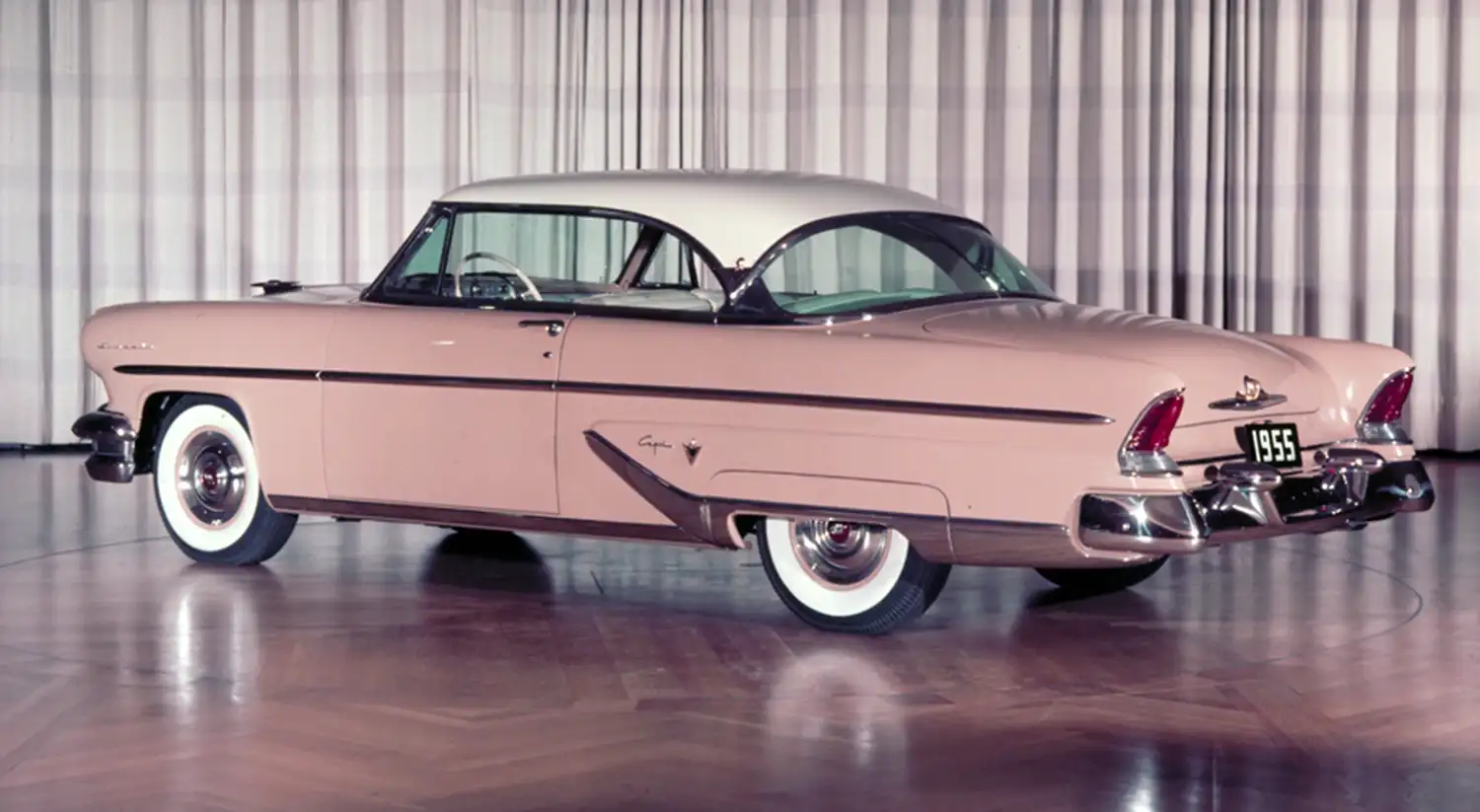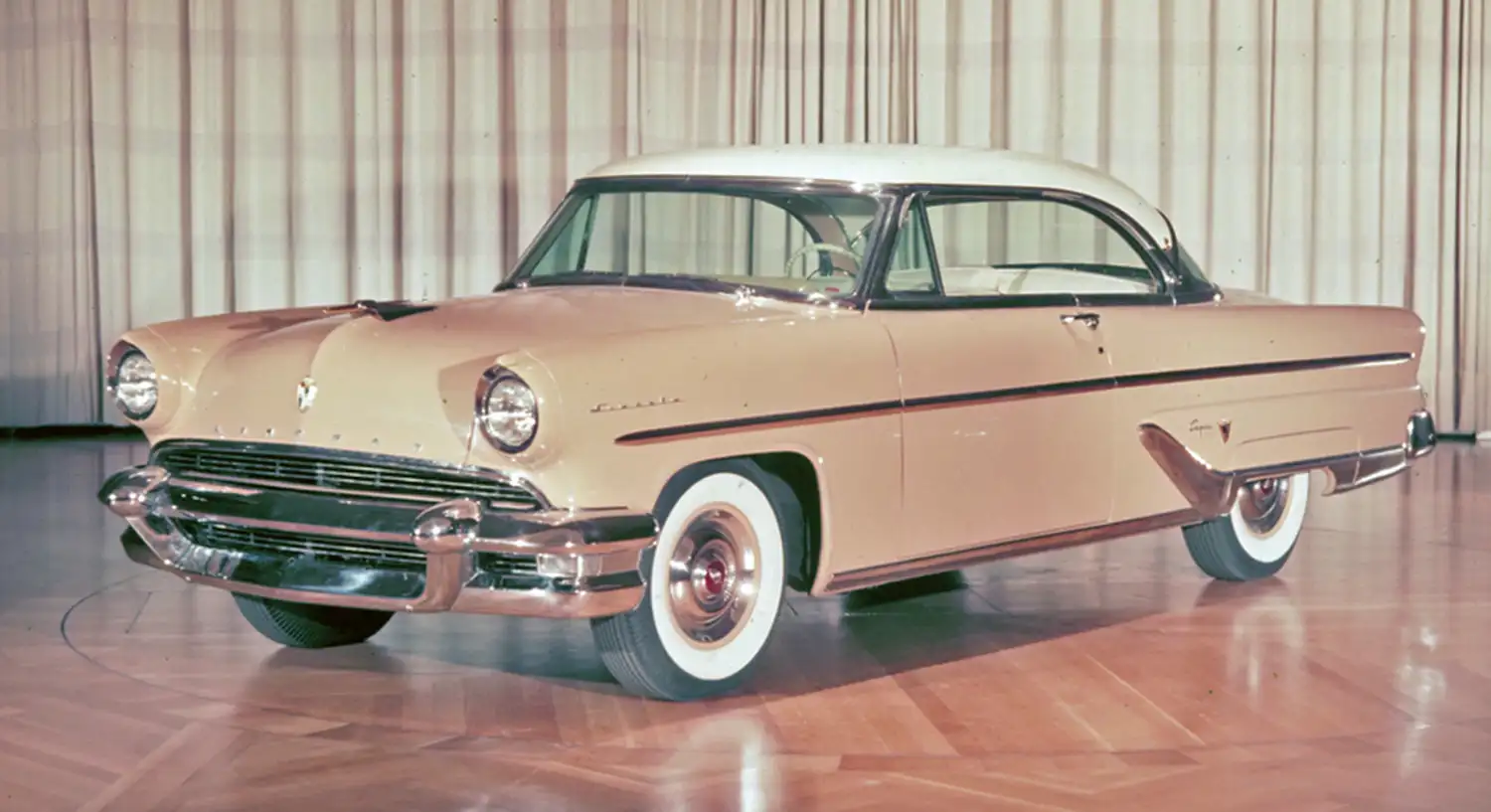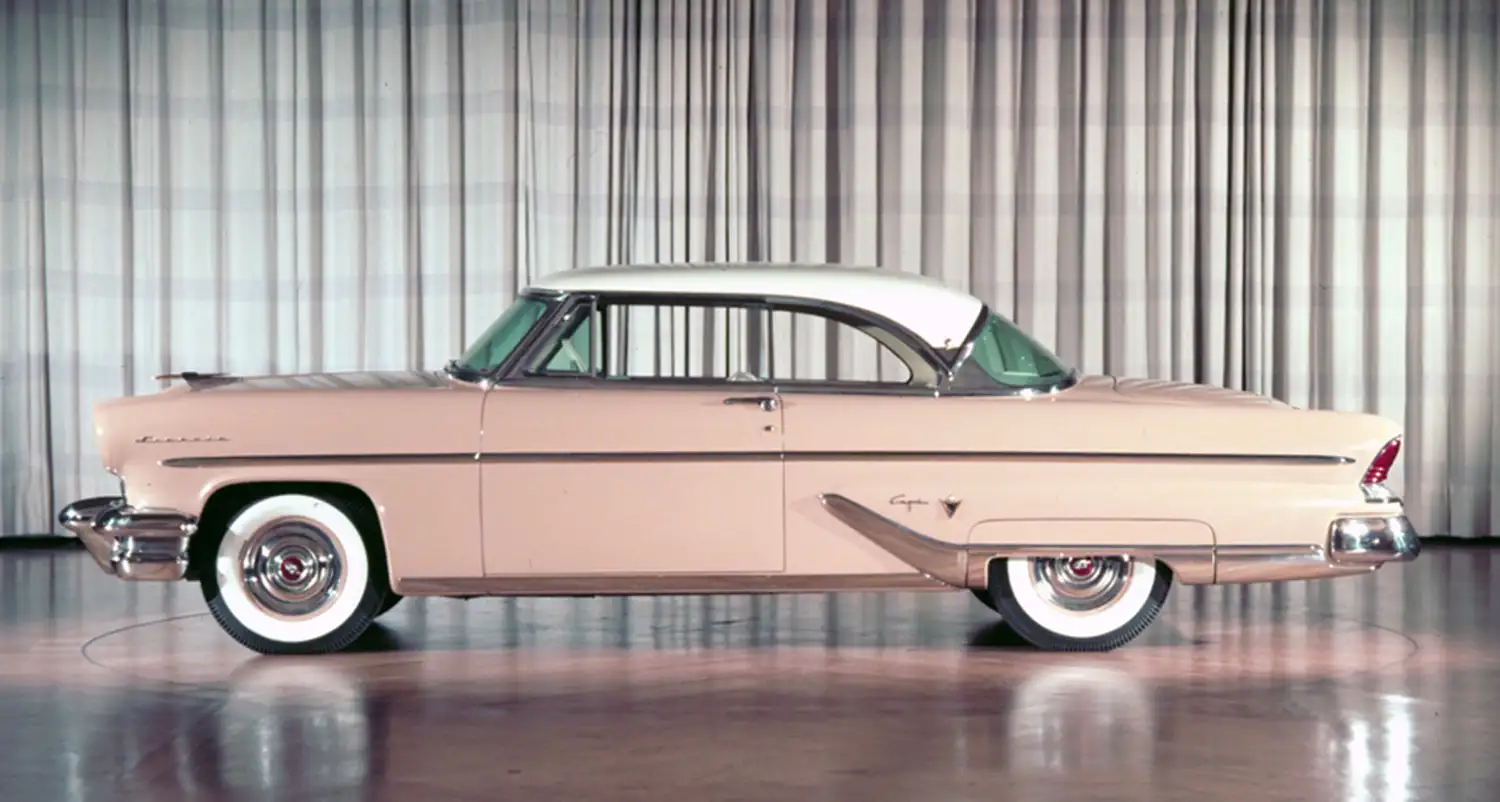
The 1955 Lincoln Capri Hardtop stands as a testament to mid-20th century American automotive design, encapsulating a blend of luxury, style, and performance that defined the era. With its striking lines and innovative features, the Capri remains a cherished classic among automotive enthusiasts.
Design and Features
The Lincoln Capri debuted with an iconic design characterized by its sweeping body lines, a distinctive front grille, and bold chrome accents. Measuring 207 inches in length, the Capri offered a commanding presence on the road. The hardtop body style eliminated the traditional B-pillar, providing an open and airy feel to the interior while maintaining structural integrity.
Inside, the Capri was nothing short of luxurious. The spacious cabin featured plush seating upholstered in high-quality materials, with options for rich leather and intricate stitching. Standard amenities included power windows, power seats, and an advanced (for its time) AM radio, ensuring that both driver and passengers experienced comfort and convenience.

Performance
Under the hood, the 1955 Capri was powered by a robust 368 cubic-inch V8 engine, capable of producing 285 horsepower. This powerplant was paired with a smooth-shifting automatic transmission, delivering an enjoyable driving experience. The Capri’s performance was enhanced by a well-tuned suspension system, allowing for a comfortable ride without sacrificing handling.
Legacy
The 1955 Lincoln Capri Hardtop represented a significant step forward for Lincoln, blending style and substance in a way that appealed to affluent buyers of the time. Its combination of luxury, performance, and innovative design elements established the Capri as a key player in the American luxury car market.
Today, the Lincoln Capri is celebrated among collectors and classic car enthusiasts, often showcased at vintage car shows and events. Its timeless appeal and representation of a golden era in American automotive history ensure that the 1955 Lincoln Capri Hardtop will be remembered as a classic for generations to come.
Source: Ford Heritage Vault
